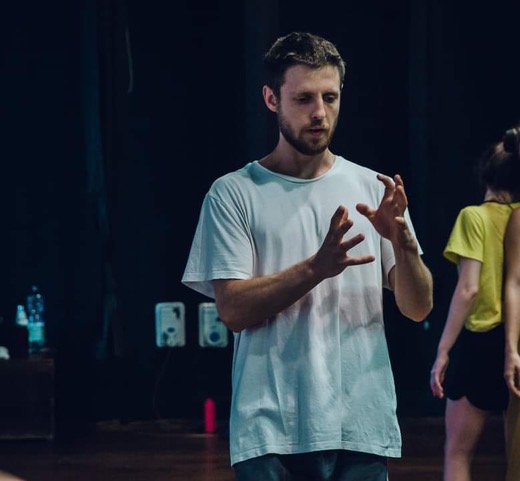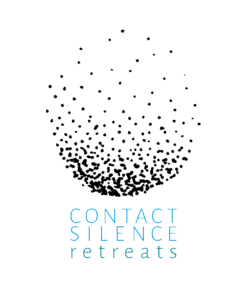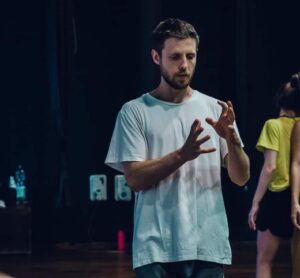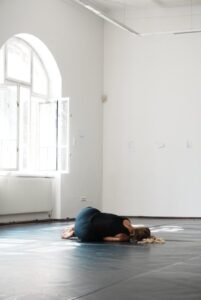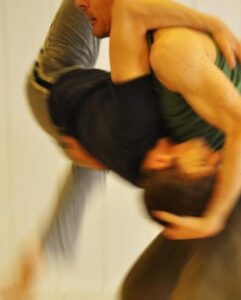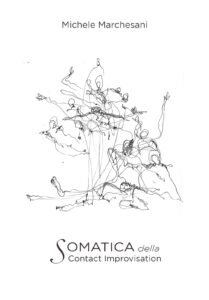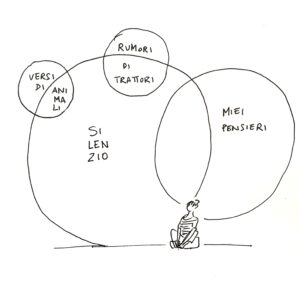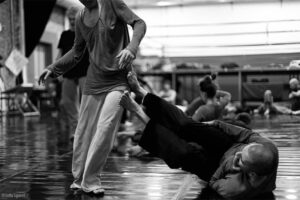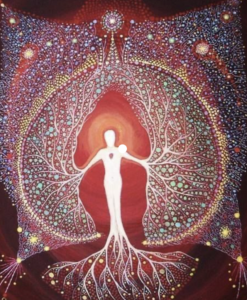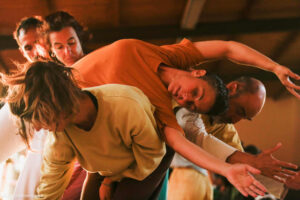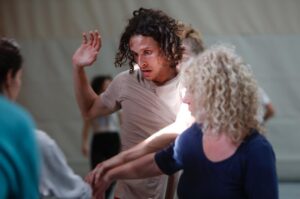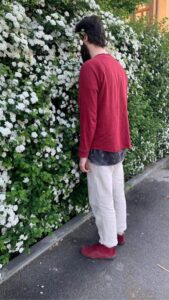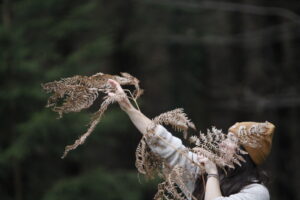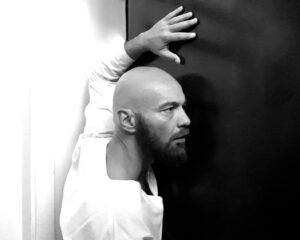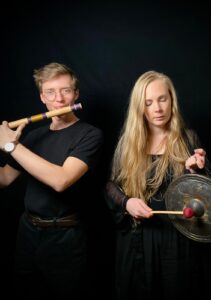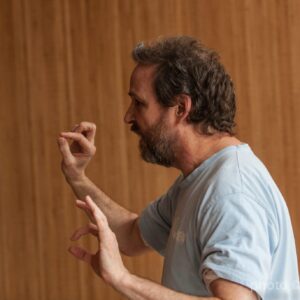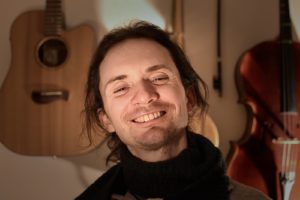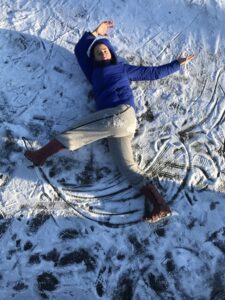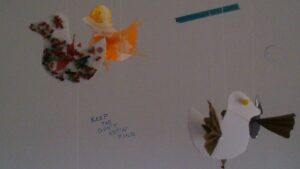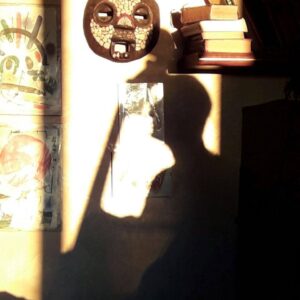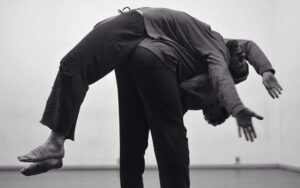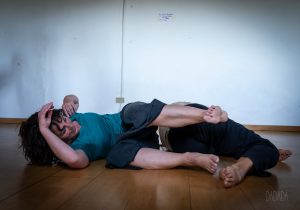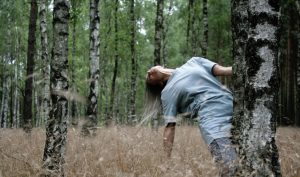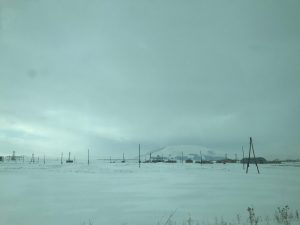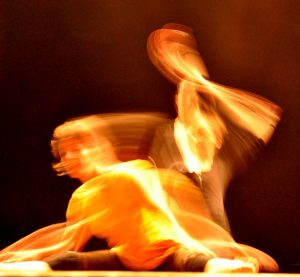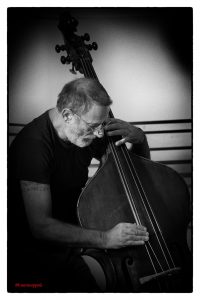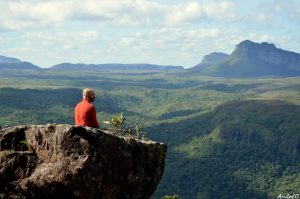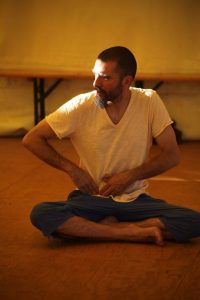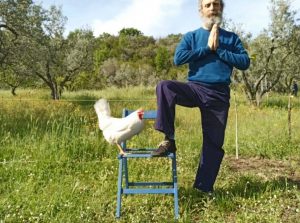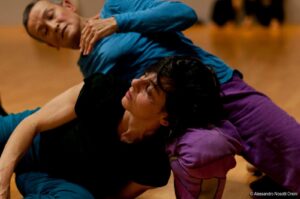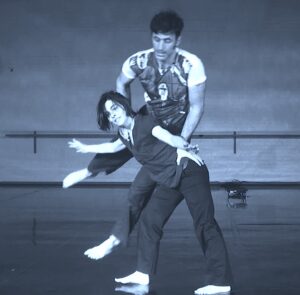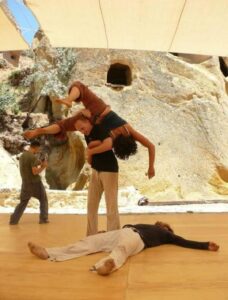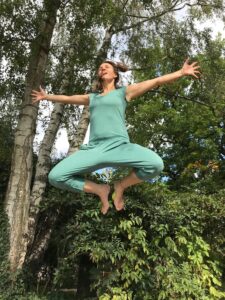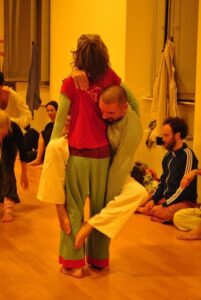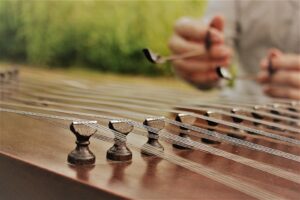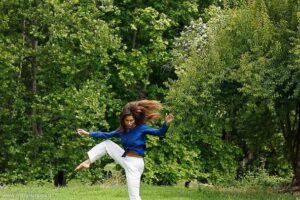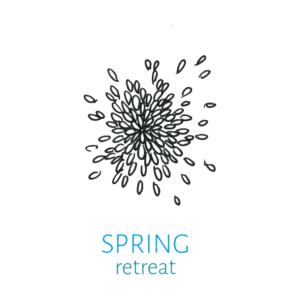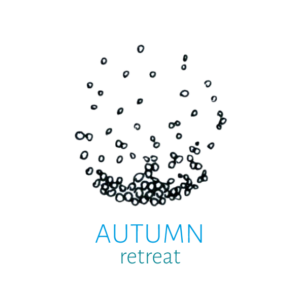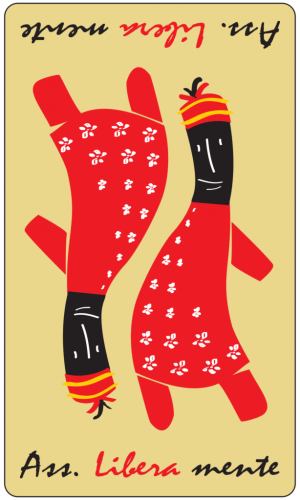Silence, on our planet, does not exist. Sounds, no matter how slight, surround us everywhere. One environment may be quieter in relation to another, but it will never be soundless.
Even inside an anechoic chamber, a room built in such a way as to almost completely cancel out the echo and thus the perception of environmental sounds, within a short time one begins to hear sounds; the ringing of one’s ears, the sound of bones rubbing against each other, the sound of breathing, of heartbeats, of lungs.
It is not recommended to stay in this kind of room for more than 45 minutes because you run a great risk of mental instability. The reason for this discomfort is the fact that the sounds that surround us daily, although sometimes unpleasant, actually allow us to feel part of the environment and to orient ourselves.
But then, if silence does not exist, what are we referring to when we use this term?
silence s. m. [from Latin silentium, der. of silens -entis, part. pres. of silēre “to be silent, not to make noise”]. – 1. a. Absence of noise, sounds, voices and sim. as a condition that occurs in an environment or characterizes a given situation…
It is interesting to analyze this word by looking at its etymological root as it suggests that we look at silence as an action, the action of not making noise.
Now, imagine you are in the mountains with your friend Roberta, you get to the top of the mountain and you stop, admire the scenery, and after a few breaths she looks at you and says, “Feel how quiet it is.”
Here again the language suggests something interesting:
To invite someone to experience “silence” we refer to the sensory sphere.
Thus, when speaking of silence, we mean the action of actively focusing our attention on the sounds we make and those around us.
We look for places of silence to access a state of stillness. What happens when we are silent, if we really pay attention to it, is the possibility of perceiving the most intimate sounds that we usually cannot hear.
In this way we receive sensory information that allows us to access a more complete perception of ourselves and our movement and consequently a state of openness and perceptual availability. A state in which we are able to orient ourselves better and enter more easily into harmony with our surroundings.
Moreover, when we are within an environment together with other bodies, we can experience a condition that is for me one of the most meaningful: being part of a space of shared silence. That space in which several people together are actively in silence. In this situation it is as if that state of deep openness and perceptual availability expands, giving rise to a field of shared attention.
Il silenzio, sul nostro pianeta, non esiste. I suoni, per quanto lievi ci circondano ovunque. Un ambiente può essere più silenzioso in relazione ad un’altro ma non sarà mai privo di suoni.
Anche all’interno di una camera anecoica, una stanza costruita in modo da annullare quasi completamente l’eco e quindi la percezione dei suoni ambientali, entro poco tempo si inizia a sentire dei suoni; il ronzio delle proprie orecchie, il rumore delle ossa che si strofinano l’una contro l’altra, il suono della respirazione, del battito del cuore, dei dei polmoni.
È sconsigliato rimanere in questo tipo di stanza per più di 45 minuti perché si corre un forte rischio di instabilità mentale. Il motivo di questo disagio è il fatto che i suoni che ci circondano quotidianamente, anche se a volte sgradevoli, ci permettono in realtà di sentirci parte dell’ambiente e ad orientarci.
Ma quindi, se il silenzio non esiste, a cosa ci riferiamo quando utilizziamo questo termine?
silenzio s. m. [dal lat. silentium, der. di silens -entis, part. pres. di silēre «tacere, non fare rumore»]. – 1. a. Assenza di rumori, di suoni, voci e sim., come condizione che si verifica in un ambiente o caratterizza una determinata situazione…
È interessante analizzare questa parola guardando alla sua radice etimologica in quanto ci suggerisce di guardare al silenzio come ad una azione, l’azione di non fare rumore.
Ora, immagina di essere in montagna con la tua amica Roberta, arrivati in cima alla montagna vi fermate, ammirate il paesaggio e dopo qualche respiro lei ti guarda e ti dice “senti che silenzio”.
Anche qui il linguaggio ci suggerisce qualcosa di interessante:
Per invitare qualcuno a fare esperienza del “silenzio” ci riferiamo alla sfera sensoriale.
Per invitare qualcuno a fare esperienza del “silenzio” ci riferiamo alla sfera sensoriale.
Quindi, parlando di silenzio, intendiamo l’azione di concentrare attivamente la nostra attenzione sui suoni che produciamo e quelli che ci circondano.
Cerchiamo luoghi di silenzio per accedere ad uno stato di quiete. Quello che succede quando stiamo in silenzio, se ci facciamo realmente attenzione, è la possibilità di percepire i suoni più intimi che di solito non riusciamo a sentire.
In questo modo riceviamo un’informazione sensoriale che ci permette di accedere ad una percezione più completa di noi stessi e del nostro movimento e di conseguenza ad uno stato di apertura e disponibilità percettiva. Uno stato in cui riusciamo ad orientarci meglio e ad entrare con più facilità in armonia con ciò che ci circonda.
Inoltre, quando ci troviamo all’interno di un ambiente insieme ad altri corpi possiamo fare esperienza di una condizione che è per me una delle più dense di significato: fare parte di uno spazio di silenzio condiviso. Quello spazio in cui più persone insieme stanno attivamente in silenzio. In questa situazione è come se quello stato di profonda apertura e disponibilità percettiva si espandesse dando vita ad un campo di attenzione condivisa.
